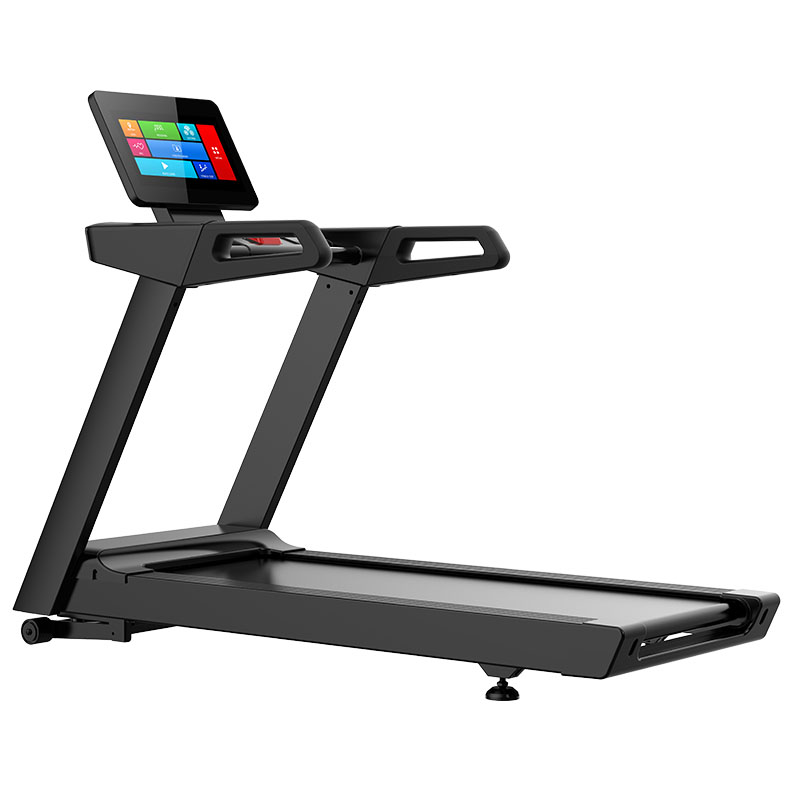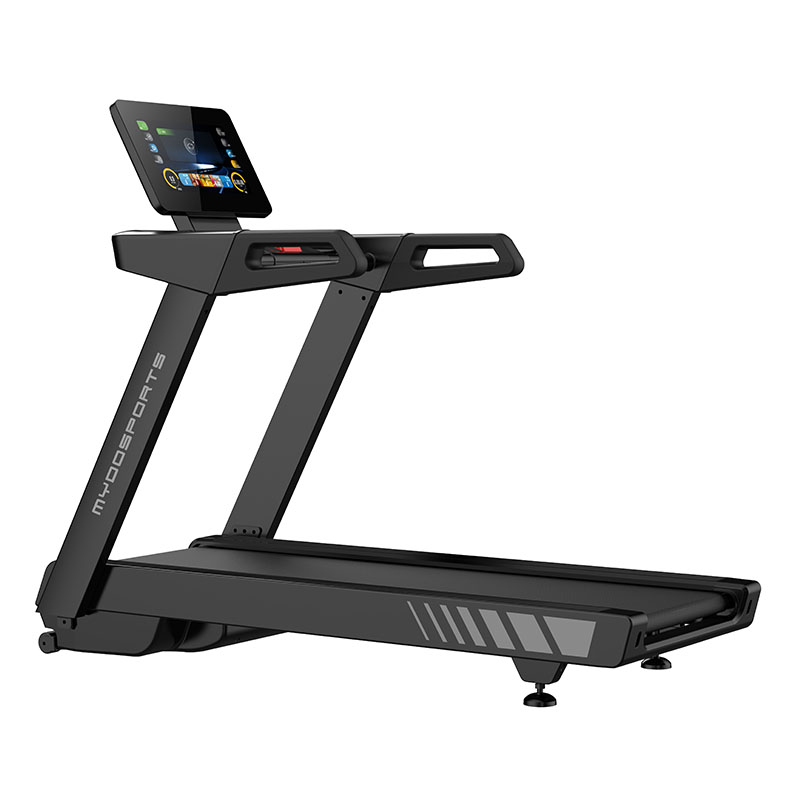Outdoor Running vs Treadmill Training: Which Is More Suitable for You?

Have you ever paid attention to the tactile differences underfoot while running?
The granular feel of asphalt roads, the rebound of plastic tracks, and the stable vibration of a treadmill’s belt—these details hide the essential differences between two training modes. True running enthusiasts never simply generalize their choice logic with "indoor vs. outdoor environments." Instead, their decisions often relate to more complex training goals and physical needs.

What’s irreplaceable about outdoor running is its complete replication of real scenarios.
Every time your foot lands, you must autonomously adjust the landing angle, and the oncoming wind resistance requires an extra 3%-5% energy consumption. These seemingly unfavorable conditions precisely form a real preview of a marathon race. Seasoned runners know that there’s never a perfectly flat track on race day.

Weather factors are often underestimated
Two consecutive weeks of heavy rain in the rainy season can completely collapse outdoor training plans, but a truly professional training cycle never allows "relying on the weather." At such times, the treadmill provides not just a venue alternative but also an insurance for training continuity.

From the perspective of sports injuries, both methods have pros and cons
A treadmill’s belt cushioning design reduces impact force by 40%, a blessing for runners with an oversize BMI or unresolved knee injuries. But its overly perfect flat surface weakens foot muscle balance, explaining why runners transitioning from pure treadmill training often sprain ankles outdoors. In contrast, while outdoor runners endure greater joint pressure, the irregular stimulation from natural surfaces strengthens tendon toughness—much like how an old sailor’s balance always surpasses a gym regulars.

The difference in psychological experience often determines long-term adherence.
Outdoor runners crave the immersive feeling of changing scenery: the wind brushing past ears while crossing tree-lined paths, the color gradient of the skyline at dusk—these sensory gifts effectively reduce subjective fatigue. Treadmill users, however, enjoy a different sense of control. Real-time calorie data and heart rate monitoring precise to decimals serve as mental fuel for continuous running, especially for those driven by data.

Truly smart runners have already woven these two training modes into a combination code
Use the treadmill at the start of the racing season to rebuild cardio-pulmonary foundations, avoiding early exposure to comprehensive outdoor stress. Switch to the outdoors during mid-preparation to adapt to real environments, while interspersing interval sprints on the treadmill. Maintain fitness on the treadmill during rainy or smoggy days, yet fully embrace the stimulation of cold outdoor air on oxygen intake during clear winter days. Remember, there’s no absolutely right choice—only wisdom that adapts to the moment. Your physical state, training phase, and even daily mood all participate in this dynamic decision-making.
